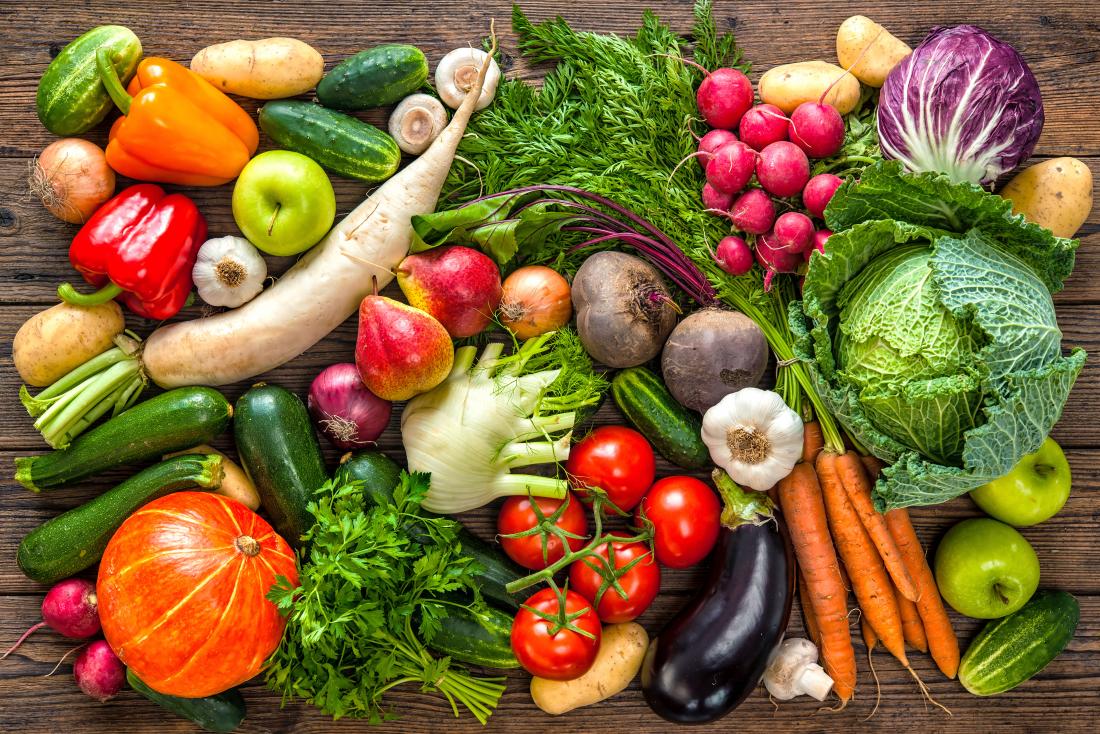Public and private sectors of the Common Market for Eastern and Southern Africa (COMESA) and the East African Community (EAC) have joined forces to boost horticulture trade to USD25 million by 2031.
Under the COMESA-EAC Horticulture Accelerator (CEHA) which was established in 2022 through public and private sector partnerships, and launched in June 2023, the trading blocs have marshaled plan to fast-track growth of the industry, beginning with avocado, onion and Irish potato value chains.
According to CEHA Coordinator, Mr Apollo Owuor, the primary objectives of CEHA are multifaceted, with an overarching goal of achieving a trade value of USD 25 million for fruits and vegetables within the Comesa-EAC region by 2031.
“Avocado, onion, and Irish potato can generate a combined 230 million US dollars per year for approximately 450,000 smallholder farmers of a minimum farm size of 0.4 hectare with 60 avocado trees, or 1 hectare for onion farmers,” said Owuor.
Furthermore, the initiative aims to catapult global exports from USD 416 million to an impressive USD 950 million by the same year.
The project covers five countries in the Common Market for Eastern and Southern Africa – COMESA and the East African Community – EAC. These are Ethiopia, Kenya, Rwanda, Tanzania, and Uganda.
Project implementation
Early this month, the trading blocs announced that the implementation of the project has begun and is expected to enhance policy coordination, value chain development, financing, and research and development in the horticulture industry.
The idea is to harmonise Comesa-EAC fragmented regulatory and standard policies, coordinate production chain, address poor storage and transportation snags for perishable crops and ensure availability of quality and sufficient seeds.
“For instance, some ports within the EAC that serve the rest of landlinked countries lack what we call green lanes to fast-track clearance of perishable goods to the overseas markets, so CEHA seeks to tackle such a challenge,” said Owuor.
The projected scenario anticipates a doubling of the volume of preserved or processed fruits and vegetables from 8 per cent in 2021 to 16 per cent by 2031.
During this period, the duration from farm to market is predicted to decrease by 50 per cent, while farm gate prices are expected to decrease by 25 per cent.
Presently valued at 4 billion US dollars, high-value fruits and vegetables consistently outperform cereals and other conventional staple crops in terms of profitability. Moreover, the demand for these products continues to surge in both domestic and export markets.
Support to farmers and processors
Under the auspices of CEHA, farmers and processors will have access to sufficient and affordable financing, and five trade-related barriers will be eliminated.
“This initiative aims to elevate the value of fresh and processed horticultural products to 500 million US dollars, consequently generating an additional 100,000 jobs across the value chains.”
Simultaneously, efforts to reduce post-harvest losses are underway, targeting a reduction from the current 40 percent to half that figure.
Forecasts indicate a 4 per cent and 3 per cent increase in yields for fruits and vegetables, respectively, while labor productivity is projected to improve by 25 per cent.
Climate-smart practices
To sustain profitability, farmers are expected to embrace climate-smart practices, such as cultivating crops resilient to anticipated shifts in local weather patterns.
“Our aim is not only to boost trade but also to uplift the livelihoods of smallholder farmers across the Comesa-EAC region,” said Owuor.
These developments are being spearheaded by officials at CEHA’s headquarters in Lusaka, Zambia.
Building the capacity of the horticultural industry across Eastern and Southern Africa is in the 2021-2031 Strategic Plan of the Alliance for Commodity Trade in Eastern and Southern Africa (ACTESA), a specialised agency of COMESA tasked to integrate smallholder farmers into domestic, regional, and international markets. On its part, the EAC also prioritises the potential for horticulture in its Fruit and Vegetable Strategy 2021- 2031.










[…] News Source: farmersreviewafrica.com […]
I’m a new Farmer and poultry farming but I want to join in this organization.Thank you
Comments are closed.